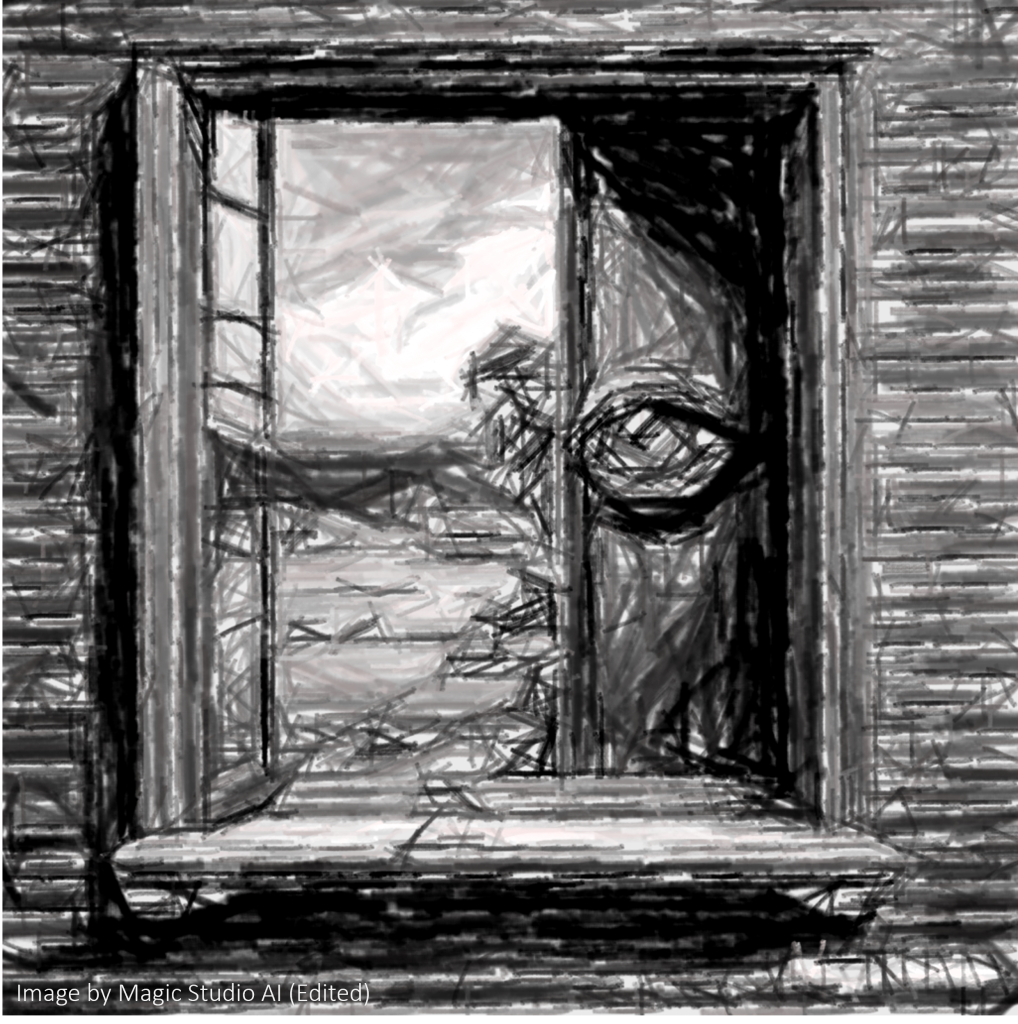LASIK (Laser-Assisted in Situ Keratomileusis) is a widely used refractive surgery that corrects myopia, hyperopia, and astigmatism by reshaping the cornea to improve vision without glasses or contacts. While LASIK is generally successful, some patients may experience temporary blurry vision during the healing process. For most, this improves within a few days to weeks, with stable vision typically achieved within six months. 1
If blurry vision persists beyond this period, it may require further intervention, such as corrective eyewear through optical means or follow-up treatments with an ophthalmologist.
In our practice, we often see post-LASIK patients presenting with blurred vision, some of which inquire about Ortho-K as a vision correction option. It is important to understand that results with Ortho-K can vary from person to person. Factors such as the success of the initial LASIK procedure, the severity of dry eye, and the amount of corneal tissue removed during the surgery can all impact the feasibility and effectiveness of Ortho-K.
Is Orthokeratology Suitable for Me After I Have Undergone LASIK?
You’ve probably heard that after LASIK surgery, disposable soft contact lenses become unuseable due to an altered corneal morphology. What about Ortho-K lenses, which are customised to each individual’s corneal shape and surface?
For individuals experiencing persistent blurry vision after LASIK, orthokeratology may be a viable option. While it is typically used as a method of vision correction for people who are not good candidates for LASIK, Ortho-K lenses can also help those who experience under-correction or other residual refractive errors following LASIK surgery. Ortho-K may also be an option for post-LASIK adults that develop presbyopia.
Here are a few things to consider when it comes to using Orthokeratology after LASIK:
1. Corneal Shape and Stability
LASIK surgery reshapes the cornea by removing tissue to correct refractive errors. Before considering orthokeratology (Ortho-K), it is crucial that your cornea is stable and fully healed. Most LASIK patients are suitable candidates for Ortho-K once their cornea has stabilised and their vision has fully adjusted, typically several months to a year after surgery. Using corneal topography which maps the curvature of the cornea, we will be able to assess your suitability for Ortho-K and discuss realistic expectations for success.
2. Residual Refractive Errors
If your LASIK surgery didn’t fully correct your vision or if there is residual refractive error (such as myopia, hyperopia, or astigmatism), orthokeratology can be a great option to fine-tune your vision. These refractive errors may not become apparent immediately after surgery, and your vision may only begin to blur several years later. In such cases, Ortho-K can offer additional corneal reshaping to address any small imperfections that remained after LASIK, providing a non-surgical solution for clear vision, without the need for further surgery.
3. Dry Eyes After LASIK
If you’re experiencing dry eyes after LASIK, orthokeratology could offer some much-needed relief. Disposable soft contact lenses can worsen dry eye symptoms as they are designed for eyes with a typical corneal shape. After LASIK, the altered corneal shape can cause these lenses to shift around in the eye, leading to discomfort. In contrast, Ortho-K lenses are worn overnight, meaning you don’t need to wear lenses during the day, allowing your eyes to remain lens-free and more comfortable. Additionally, since Ortho-K lenses are gas-permeable, they allow oxygen to reach the cornea, ensuring that your eyes can still breathe even while wearing the lenses overnight.
A common misconception is that Ortho-K can treat dry eye symptoms caused by post-refractive surgery. While Ortho-K removes the need for daytime contact lenses which can aggravate dry eye, it does not resolve the underlying condition. Effective dry eye management should still be pursued alongside Ortho-K to ensure both vision correction, comfort, and health of the ocular surface.
4. Non-Surgical, Reversible Option
For patients who are hesitant about undergoing any more surgeries to correct vision, Ortho-K is a non-invasive, fully reversible alternative. Plus, Ortho-K lenses can be adjusted as needed, offering both precision and flexibility in achieving the desired visual outcome.
Adults who continue to experience successful outcomes long after LASIK surgery might eventually seek a solution for presbyopia, a common age-related condition affecting near vision. These candidates too may find orthokeratology a viable alternative to reading glasses.
5. Consult with Your Eyecare Professional
It is essential to have a thorough consultation with an eyecare professional who is experienced in both post-LASIK care and orthokeratology. They can assess the health and stability of your cornea post-LASIK and determine if Ortho-K is a suitable solution given your specific needs and condition.
Overall: Even after the shape and structure of the cornea has been surgically altered through LASIK, several types of patients looking to correct refractive errors could consider Ortho-K lenses. Worn at night, they offer the convenience of clear daytime vision, serving as an attractive option for many patients of different age groups, lifestyles, and ocular conditions.
If You Are Considering Orthokeratology…
During your first consultation, our optometrists will conduct a detailed assessment and discuss the potential outcomes of orthokeratology based on your specific case. It is crucial to manage expectations, as vision may fluctuate due to factors like tear film integrity and sleep patterns. You should also expect longer chair time during the initial vision correction process, as post-LASIK vision correction is more complex and unpredictable than fitting a standard corneal shape. While post-LASIK corneas can be difficult to fit, many of our patients experience substantial benefits and enjoy using these custom contact lenses to enhance their visual comfort and acuity.
Post-LASIK eyes typically require custom contact lenses (like orthokeratology), due to changes in the natural shape of the cornea. Fortunately, there are several effective options beyond orthokeratology if even this method is not a good fit for the candidate. Reach out to us for a consultation to discuss the best solutions tailored to your vision and lifestyle needs.
1 Bamashmus, M. A., Hubaish, K., Alawad, M., & Alakhlee, H. (2015). Functional outcome and patient satisfaction after laser in situ keratomileusis for correction of myopia and myopic astigmatism. Middle East African journal of ophthalmology, 22(1), 108–114. https://doi.org/10.4103/0974-9233.148359 ;
Jung, H. G., & Lim, T. H. (2013). The recovery of optical quality after laser vision correction. Korean journal of ophthalmology : KJO, 27(4), 249–255. https://doi.org/10.3341/kjo.2013.27.4.249








